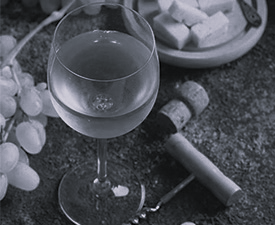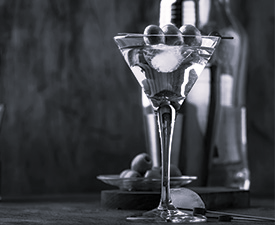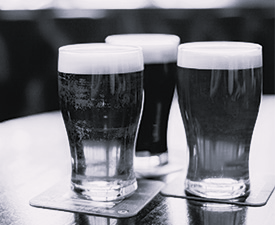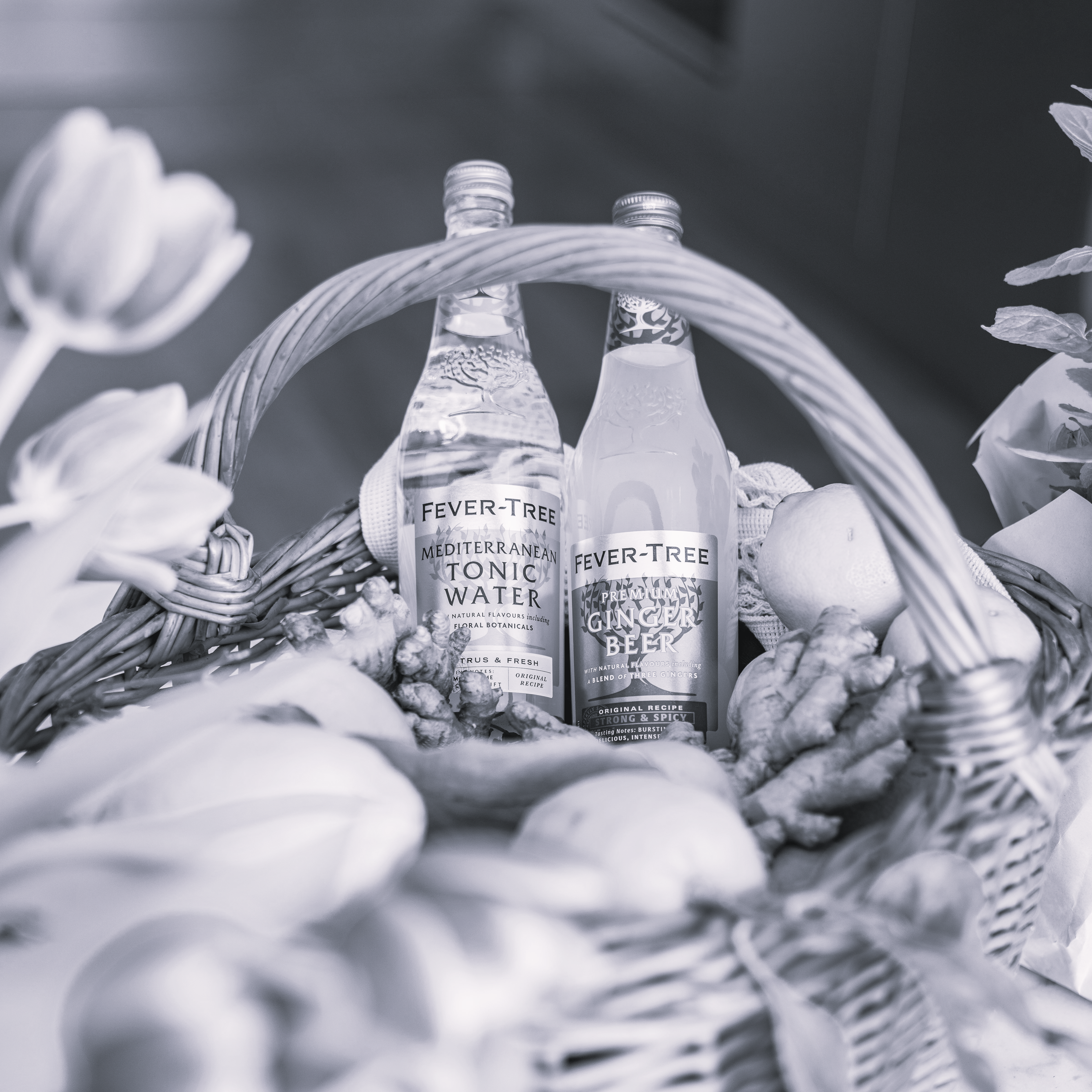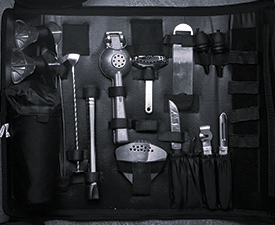Products
Close X
Products
<
Wine
+
Spirits
+
Beer & Cider
+
Non Alcoholic
+
Bar Equipment
+
Brands
+
Brands Index Listing
Wine
Close X
Wine
<
By Category
+
By Country
+
Popular Varietals
+
Collections
+
Featured
+
Spirits
Close X
Spirits
<
By Category
+
Cocktails
+
By Country
+
Collections
+
Award Winners
+
Beer & Cider
Close X
Beer & Cider
<
By Category
+
By Country
+
Collections
+
Award Winners
+
Non Alcoholic
Close X
Non Alcoholic
<
By Category
+
Non Alc Alternatives
+
Cocktail Ingredients
+
Non Alc Brands
+
Bar Equipment
Close X
Bar Equipment
<
Cocktail Equipment
+
Glassware
+
Wine Preservation
+
Tap Systems
+
Brands
Close X
Brands
<
Brands Index Listing
Close X
Brands Index Listing
<
Wine / By Category
Close X
By Category
<
Wine / By Country
Close X
By Country
<
Wine / Popular Varietals
Close X
Popular Varietals
<
Wine / Collections
Close X
Collections
<
Wine / Featured
Close X
Featured
<
Spirits / By Category
Close X
By Category
<
Spirits / By Country
Close X
By Country
<
Spirits / Collections
Close X
Collections
<
Non Alcoholic / By Category
Close X
By Category
<
Non Alcoholic / Non Alc Alternatives
Close X
Non Alc Alternatives
<
Non Alcoholic / Cocktail Ingredients
Close X
Cocktail Ingredients
<
Non Alcoholic / Non Alc Brands
Close X
Non Alc Brands
<
Bar Equipment / Cocktail Equipment
Close X
Cocktail Equipment
<
Bar Equipment / Glassware
Close X
Glassware
<
Brands
Close X
Brands
<
A - C
+
D - G
+
H - L
+
M - R
+
S - Z
+
Brands / A - C
Close X
Brands A - C
<
ADESSO
AKARUA
ALLAN SCOTT
ANDRE DELORME
ARCHIE ROSE
ARROGANT FROG
BANROCK STATION
BENRIACH
BENVENUTI
BERETTA
BERGIA
BERNHEIM ORIGINAL
BIJOU
BLACK IRISH
BLACK MAGIC
BOHAE
BOTHAM WINES
BROOKFIELDS
BRUGAL
BRUICHLADDICH
BUDWEISER
BUTON
CA' DEL BOSCO
CANTI
CAORUNN GIN
CAPE MENTELLE
CAPTAINS
CAROLANS
CAVALIER
CECCHI
CHAKANA
CHAMBORD
CHAPEL HILL
CHARLES HEIDSIECK
CHARLES MERSER
CHATEAU ROUTAS
CHEEKY
CHIARLI
CHRISTIAN DROUIN
CHRISTIAN DROUIN CALVADOS
CHRISTIAN DROUIN LE GIN
CITY OF LONDON
CLAUSTHALER
CLEMENTINE GIN
CLOS DU BOIS
COINTREAU
COOKOOTHAMA
CRIMSON PEAK
CRYSTAL HEAD VODKA
AKARUA
ALLAN SCOTT
ANDRE DELORME
ARCHIE ROSE
ARROGANT FROG
BANROCK STATION
BENRIACH
BENVENUTI
BERETTA
BERGIA
BERNHEIM ORIGINAL
BIJOU
BLACK IRISH
BLACK MAGIC
BOHAE
BOTHAM WINES
BROOKFIELDS
BRUGAL
BRUICHLADDICH
BUDWEISER
BUTON
CA' DEL BOSCO
CANTI
CAORUNN GIN
CAPE MENTELLE
CAPTAINS
CAROLANS
CAVALIER
CECCHI
CHAKANA
CHAMBORD
CHAPEL HILL
CHARLES HEIDSIECK
CHARLES MERSER
CHATEAU ROUTAS
CHEEKY
CHIARLI
CHRISTIAN DROUIN
CHRISTIAN DROUIN CALVADOS
CHRISTIAN DROUIN LE GIN
CITY OF LONDON
CLAUSTHALER
CLEMENTINE GIN
CLOS DU BOIS
COINTREAU
COOKOOTHAMA
CRIMSON PEAK
CRYSTAL HEAD VODKA
Brands / D - G
Close X
Brands D - G
<
DA LUCA
DALMORE
DARK HORSE
DARROZE
DE BORTOLI
DE KUYPER
DE KUYPER BITTERS
DEJA VU
DEVIL'S STAIRCASE
DIPLOMATICO
DOLIN
DOMAINE LAROCHE
DOMAINE PAUL MAS
DRAPPIER
DUBOEUF
DUCK HUNTER
DUSKY SOUNDS
EARLY TIMES
EDENVALE
EDMOND DE ROTHSCHILD HERITAGE
EISCH
EL JIMADOR
ELIJAH CRAIG
EON OF BENDIGO
EPIC BEER
EVAN WILLIAMS
FAMILLE PIFFAUT
FAUSTINO BODEGAS
FEE BROTHERS
FENTIMANS
FETTERCAIRN
FEVER-TREE
FINEST CALL
FINLANDIA
FLOR DE CANA
FLORIO
FONSECA
FONTANAFREDDA
FONTBONNE
FORDS
FREIXENET
GEKKEIKAN
GEMTREE
GENTLEMAN JACK
GEOFF MERRILL
GIN MARE
GINATO
GISSELBRECHT
GLAYVA
GLENDRONACH
GLENGLASSAUGH
GLENROTHES
GRANT BURGE
GROWERS MARK
DALMORE
DARK HORSE
DARROZE
DE BORTOLI
DE KUYPER
DE KUYPER BITTERS
DEJA VU
DEVIL'S STAIRCASE
DIPLOMATICO
DOLIN
DOMAINE LAROCHE
DOMAINE PAUL MAS
DRAPPIER
DUBOEUF
DUCK HUNTER
DUSKY SOUNDS
EARLY TIMES
EDENVALE
EDMOND DE ROTHSCHILD HERITAGE
EISCH
EL JIMADOR
ELIJAH CRAIG
EON OF BENDIGO
EPIC BEER
EVAN WILLIAMS
FAMILLE PIFFAUT
FAUSTINO BODEGAS
FEE BROTHERS
FENTIMANS
FETTERCAIRN
FEVER-TREE
FINEST CALL
FINLANDIA
FLOR DE CANA
FLORIO
FONSECA
FONTANAFREDDA
FONTBONNE
FORDS
FREIXENET
GEKKEIKAN
GEMTREE
GENTLEMAN JACK
GEOFF MERRILL
GIN MARE
GINATO
GISSELBRECHT
GLAYVA
GLENDRONACH
GLENGLASSAUGH
GLENROTHES
GRANT BURGE
GROWERS MARK
Brands / H - L
Close X
Brands H - L
<
HANI
HAPSBURG ABSINTHE
HARDYS
HARPOON
HARVEYS
HAYMANS
HELMSMAN
HENKELL
HERRADURA
HEWITSON
HIGHLAND PARK
JACK DANIELS
JACKSON ESTATE
JAGERMEISTER
JAM SHED
JAWBOX
JULES TAYLOR
JURA
KAESLER
KATNOOK ESTATE
KILIKANOON
KUNIZAKARI
LA CHICA
LADY H
LAKE CHALICE
LAN
LARCENY
LE VERRE DE VIN
LINDR
LOCATIONS
LOST GARDEN
LOUIS LATOUR
LOVEBLOCK
LUNATIC AND LOVER
LUSINE
HAPSBURG ABSINTHE
HARDYS
HARPOON
HARVEYS
HAYMANS
HELMSMAN
HENKELL
HERRADURA
HEWITSON
HIGHLAND PARK
JACK DANIELS
JACKSON ESTATE
JAGERMEISTER
JAM SHED
JAWBOX
JULES TAYLOR
JURA
KAESLER
KATNOOK ESTATE
KILIKANOON
KUNIZAKARI
LA CHICA
LADY H
LAKE CHALICE
LAN
LARCENY
LE VERRE DE VIN
LINDR
LOCATIONS
LOST GARDEN
LOUIS LATOUR
LOVEBLOCK
LUNATIC AND LOVER
LUSINE
Brands / M - R
Close X
Brands M - R
<
MADAM SASS
MANDARINE NAPOLEON
MARQUES DE CACERES
MARS WHISKY
MASTER OF MIX
MATAWHERO
MATEUS
MEFFRE
MELBOURNE GIN CO
MELLOW CORN
METAXA
MIAMI WINE COOLER
MICHELOB ULTRA
MIONETTO
MODELO
MONT REDON
MONTENEGRO
MONTES
MORNINGCIDER
MOUNT GAY
MOUTON CADET
MR MICK
MUD HOUSE
NEMIROFF
NEVIS BLUFF
NGA WAKA
NICA
NO 3 GIN
NUGAN ESTATE
OLD FORESTER
ORIN SWIFT
PALLINI
PASCAL JOLIVET
PASK
PASQUA
PEGAS
PERRIER
PETALUMA
PEYCHAUDS
PIPER HEIDSIECK
POL ROGER
POLYSAFE
PROSPER MAUFOUX
PUHOI BEER
QUICK BROWN FOX
QUINTA DE LA ROSA
RARE CHAMPAGNE
RAVENSWOOD
REAL
REAL TESORO
REBEL
RED BULL
REID AND REID
REMY MARTIN
RIMAPERE
RIMU GROVE
RITTENHOUSE RYE
ROCKBURN
ROGUE SOCIETY LIQUOR
RUA
RUMCHATA
RUTTE
MANDARINE NAPOLEON
MARQUES DE CACERES
MARS WHISKY
MASTER OF MIX
MATAWHERO
MATEUS
MEFFRE
MELBOURNE GIN CO
MELLOW CORN
METAXA
MIAMI WINE COOLER
MICHELOB ULTRA
MIONETTO
MODELO
MONT REDON
MONTENEGRO
MONTES
MORNINGCIDER
MOUNT GAY
MOUTON CADET
MR MICK
MUD HOUSE
NEMIROFF
NEVIS BLUFF
NGA WAKA
NICA
NO 3 GIN
NUGAN ESTATE
OLD FORESTER
ORIN SWIFT
PALLINI
PASCAL JOLIVET
PASK
PASQUA
PEGAS
PERRIER
PETALUMA
PEYCHAUDS
PIPER HEIDSIECK
POL ROGER
POLYSAFE
PROSPER MAUFOUX
PUHOI BEER
QUICK BROWN FOX
QUINTA DE LA ROSA
RARE CHAMPAGNE
RAVENSWOOD
REAL
REAL TESORO
REBEL
RED BULL
REID AND REID
REMY MARTIN
RIMAPERE
RIMU GROVE
RITTENHOUSE RYE
ROCKBURN
ROGUE SOCIETY LIQUOR
RUA
RUMCHATA
RUTTE
Brands / S - Z
Close X
Brands S - Z
<
SAINT MAX
SANDEMAN
SANTA MARGHERITA
SCAPEGRACE
SCOTT BASE
SCRUMPY CIDER
SELECT APERITIVO
SHACKLETON
SINGHA
SLANE WHISKEY
SMITH AND CROSS
SOLAR VIEJO
SOUTHERN COMFORT
SPIRITED UNION
ST HALLETT
ST REMY
TAMNAVULIN
TAVERNELLO
TAYLOR'S
TEELING IRISH WHISKEY
TELMONT
THE BOTANIST GIN
THE FAMOUS GROUSE
THE HIDDEN SEA
THE MACALLAN
THE MAKER
THE WINEMAKERS WIFE
THUNDERDONK
TIM ADAMS
TITO'S
TORBRECK
TOREA
TOSTI
TRINITY HILL
TUACA
UBER BAR TOOLS
UKIYO
VALDESPINO
VECCHIA ROMAGNA
VODKA VODKA
WAIPARA HILLS
WHYTE AND MACKAY
WILLOWGLEN
WON SOJU
WOODFORD RESERVE
YARRA BURN
YEASTIE BOYS
YOSHINOGAWA
SANDEMAN
SANTA MARGHERITA
SCAPEGRACE
SCOTT BASE
SCRUMPY CIDER
SELECT APERITIVO
SHACKLETON
SINGHA
SLANE WHISKEY
SMITH AND CROSS
SOLAR VIEJO
SOUTHERN COMFORT
SPIRITED UNION
ST HALLETT
ST REMY
TAMNAVULIN
TAVERNELLO
TAYLOR'S
TEELING IRISH WHISKEY
TELMONT
THE BOTANIST GIN
THE FAMOUS GROUSE
THE HIDDEN SEA
THE MACALLAN
THE MAKER
THE WINEMAKERS WIFE
THUNDERDONK
TIM ADAMS
TITO'S
TORBRECK
TOREA
TOSTI
TRINITY HILL
TUACA
UBER BAR TOOLS
UKIYO
VALDESPINO
VECCHIA ROMAGNA
VODKA VODKA
WAIPARA HILLS
WHYTE AND MACKAY
WILLOWGLEN
WON SOJU
WOODFORD RESERVE
YARRA BURN
YEASTIE BOYS
YOSHINOGAWA
About
Close X
About
<



